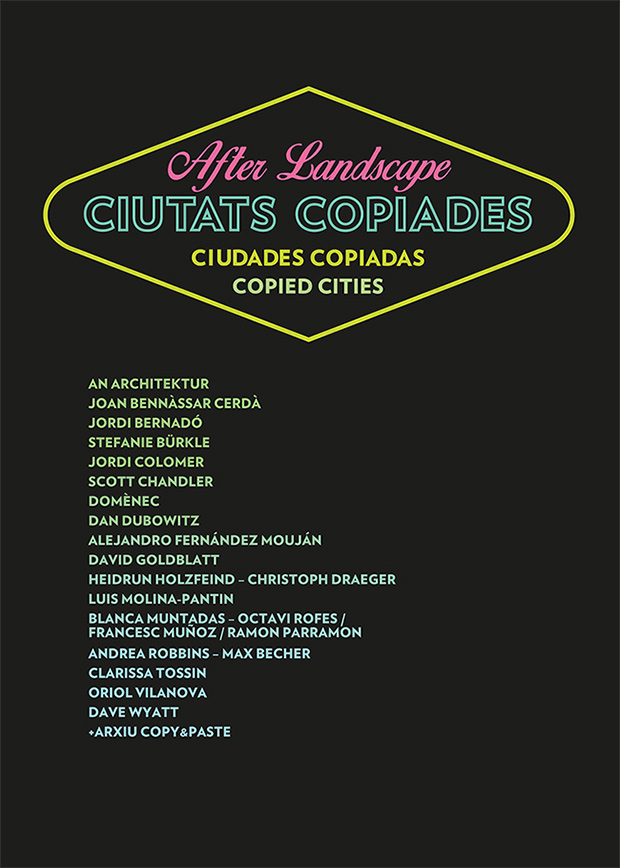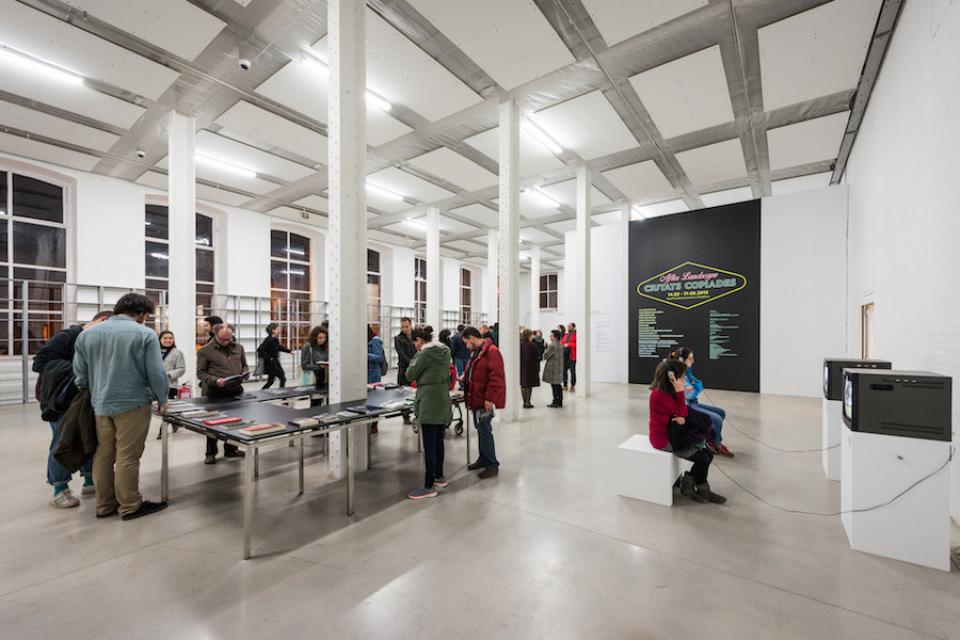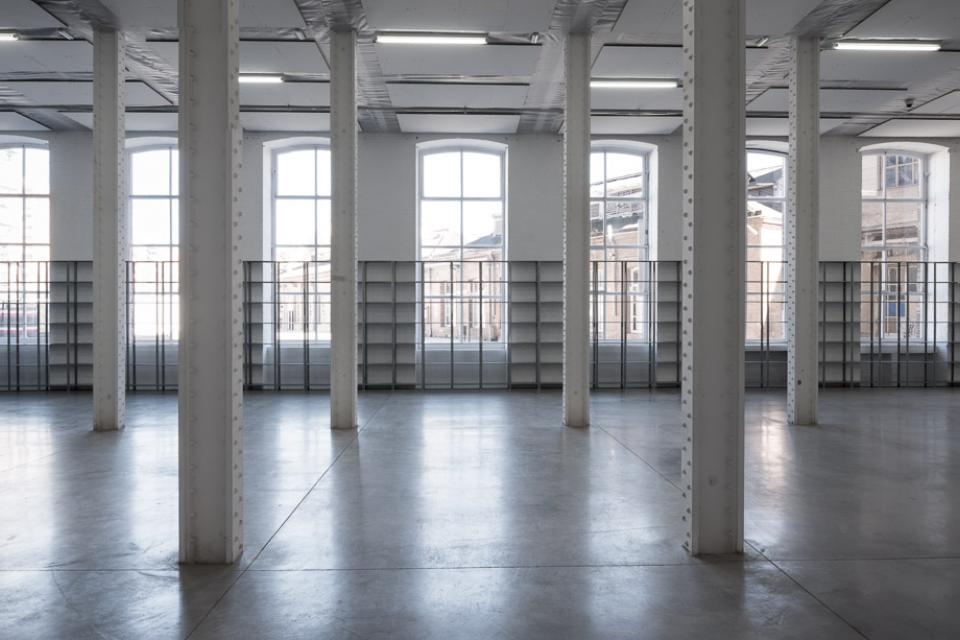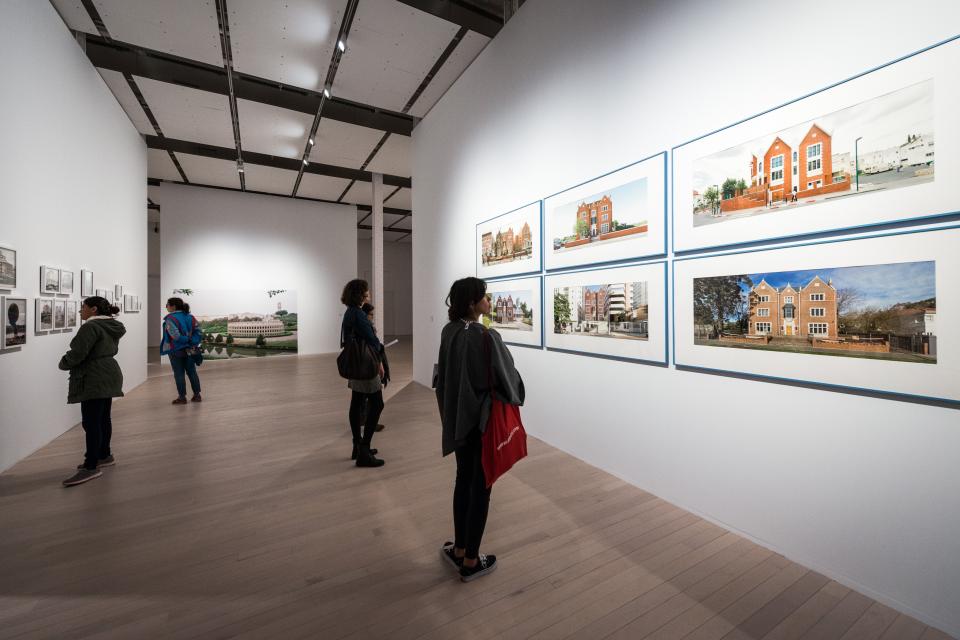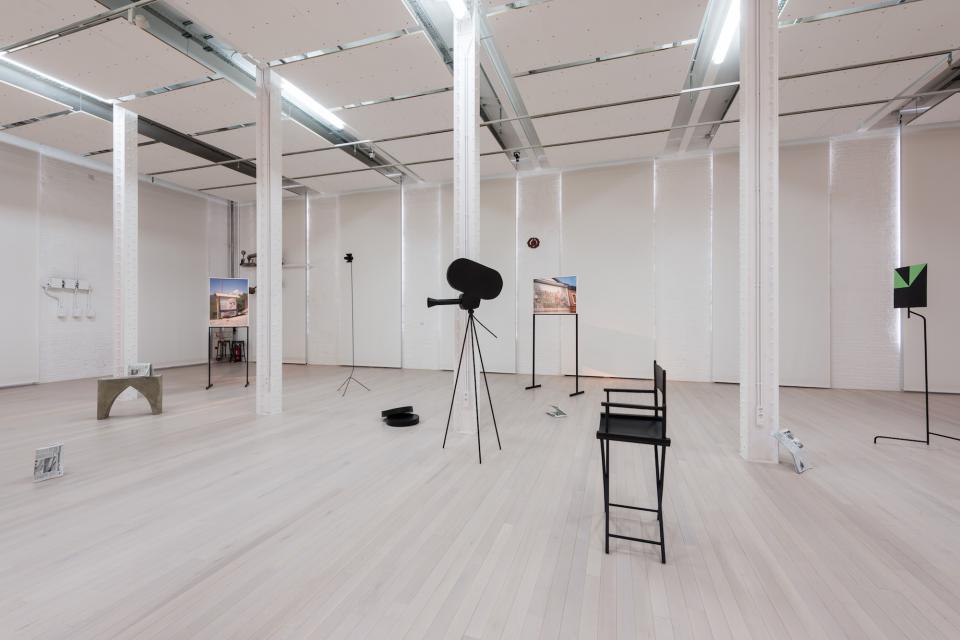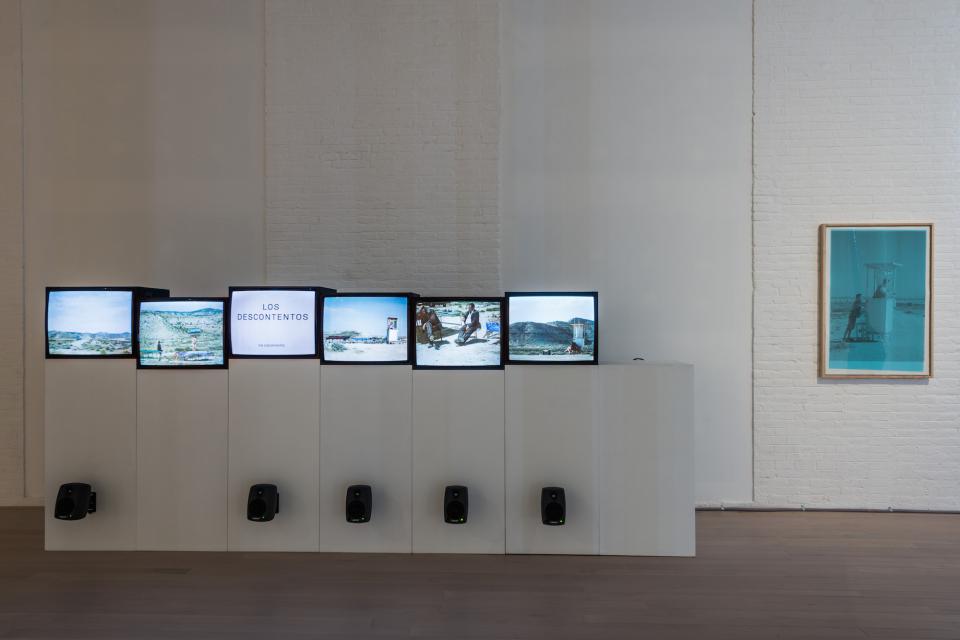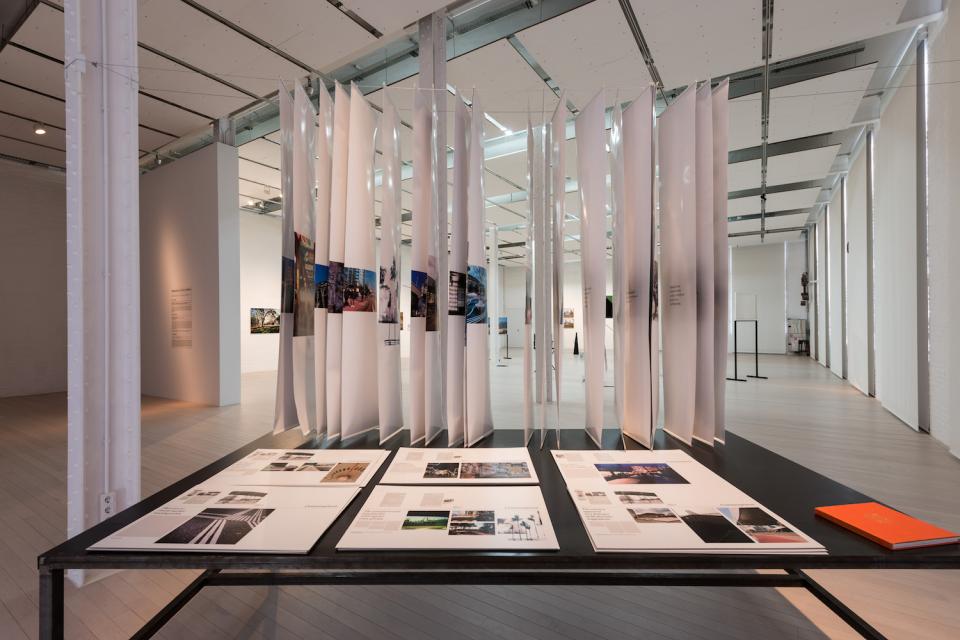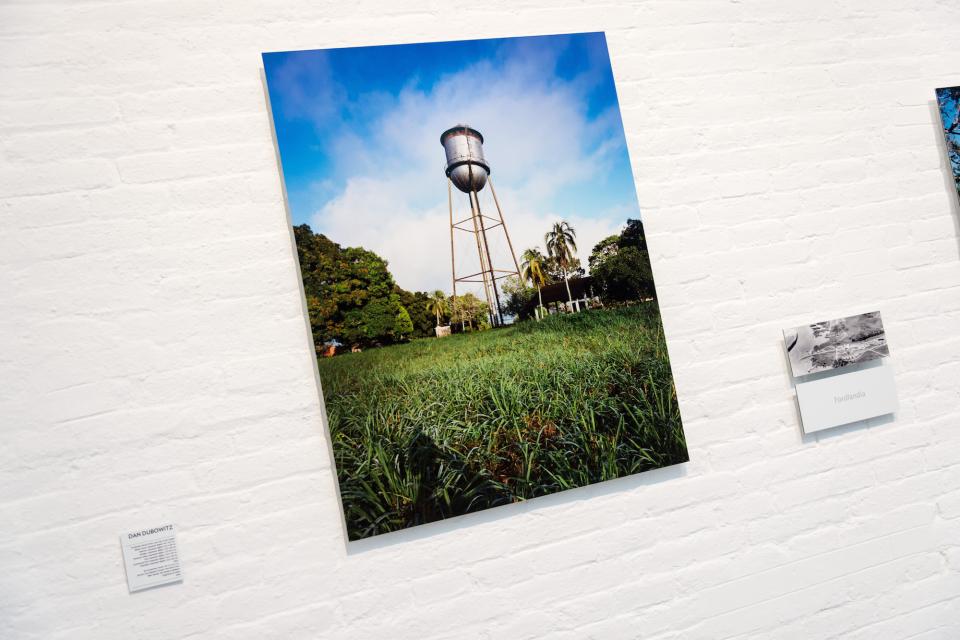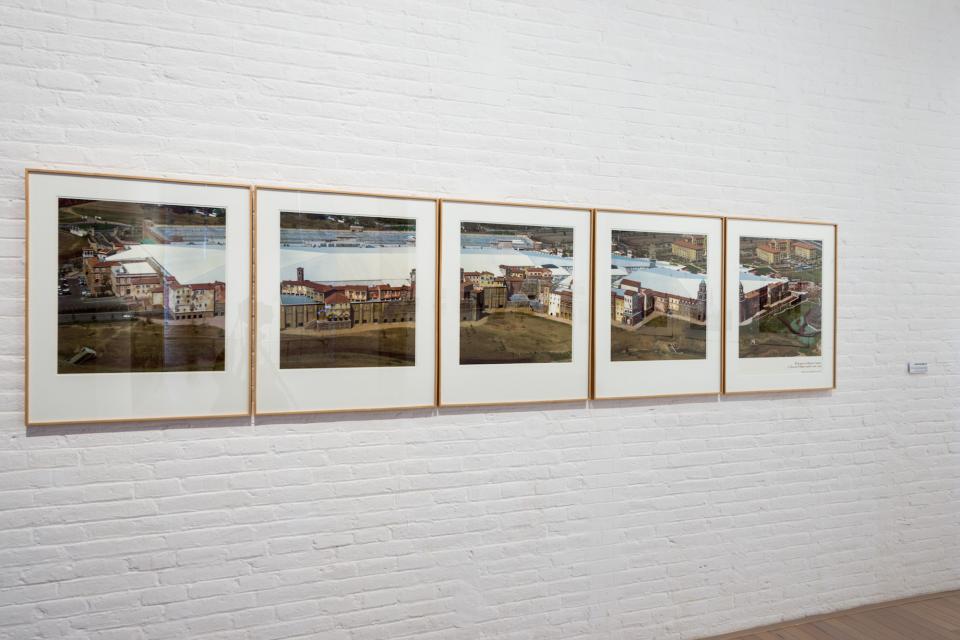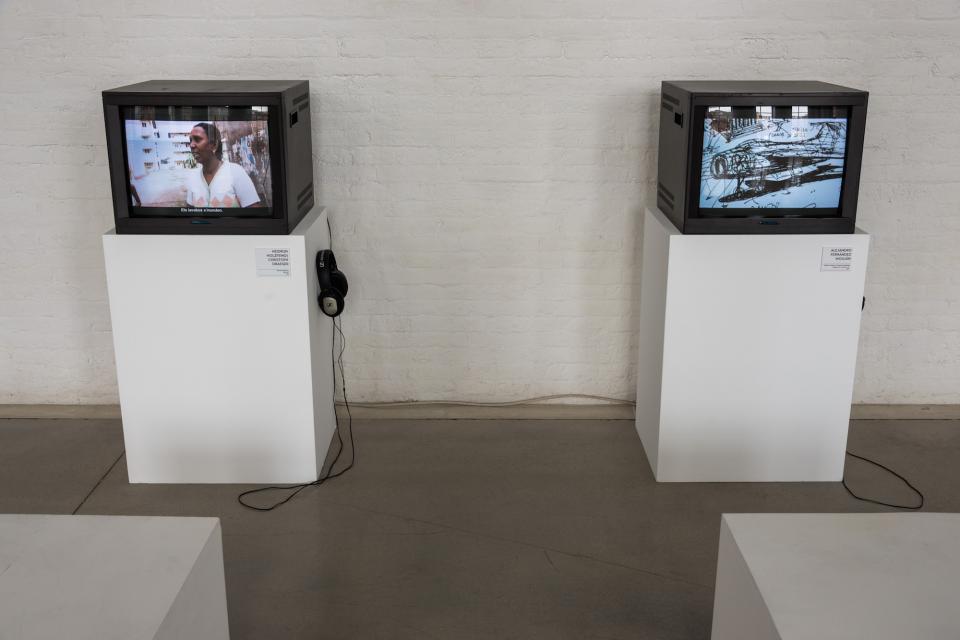After Landscape. Copied Cities
With: An Architektur, Joan Bennàssar , Jordi Bernadó, Stefanie Bürkle, Jordi Colomer, Scott Chandler, Domènec, Dan Dubowitz, Alejandro Fernández Mouján , David Goldblatt, Heidrund Holzfeind - Christoph Draeger, Luis Molina Pantin , Francesc Muñoz – Ramon Parramon – Octavi Rofes (with the collaboration of Blanca Muntadas), Andrea Robbins – Max Becher, Clarissa Tossin, Oriol Vilanova and Dave Wyatt.
Curated by Martí Peran
The speed with which global ideological and economic neoliberalism is changing the surroundings has led to the dissapearance of the original landscape within a growing affinity. In different cities the urban landscape is gradually being standardized to the point of being repeated in a continuous loop, with immediate consequences: the elimination of content denoting identity and a formal homogeneity that cancel out all complexity and diversity. This collapse of global architecture and urban planning, sidestepping their traditional possibilites for designing spaces of memory and identity, condems the landscape to dissapear, the first to survive its own lanscape.
The replica of a particular city in a geographical context that is different to the original is the highest expression of this after landscape condition. In recent decades the phenomenon of the copied city has grown as a consequence of multiple dynamics: the economic relocation that leads to an exportation of the dominant models, the accumulative management of the territory, the sublimation of tourism and the technologies of the simulacrum, and even the military agendas that require literal copies of warzones in order to trial their destructive capacity. After Landscape: Copied Cities is a project that asks us to reflect on all of these questions through a series of studies that open up the subject within a range of political, geographical and cultural perspectives.
![]()
